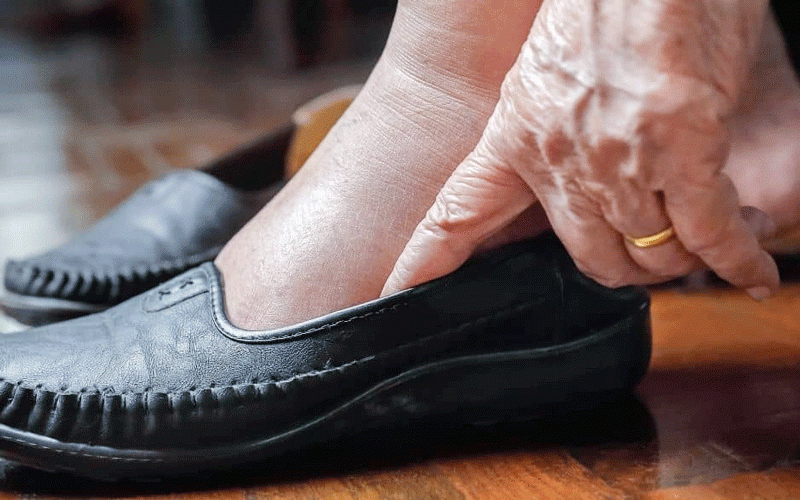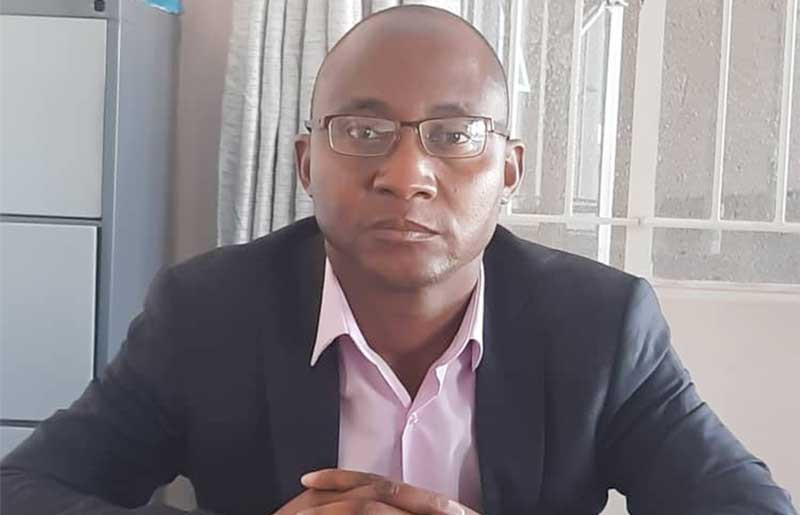
Sleepwalking usually involves more than just walking during sleep; it is a series of complex behaviours that are carried out while sleeping, the most obvious of which is walking. Symptoms of sleepwalking disorder range from simply sitting up in bed and looking around, to walking around the room or house, to leaving the house and even driving long distances.
The prevalence of sleepwalking in the general population is estimated to be between 1% and 15%. The onset or persistence of sleepwalking in adulthood is common, and is usually not associated with any significant underlying psychiatric or psychological problems.
Common triggers for sleepwalking include sleep-deprivation, sedative agents (including alcohol), febrile illnesses, and certain medications. Drugs such as sedative/hypnotics (drugs that promote relaxation or sleep), narcoleptics (drugs used to treat psychosis), stimulants (drugs that increase activity), and antihistamines (drugs used to treat symptoms of allergy) can trigger sleepwalking.
Other factors include genetics (traits that run in families), environmental, and medical conditions.
Sleepwalking is not associated with other sleep problems like sleeping alone in a room or with others, fear of the dark, or anger outbursts.
The sleepwalker is unable to respond during the event and does not remember sleepwalking. In some cases, sleepwalking is associated with incoherent talking.
Episodes of sleepwalking can range from quiet walking about the room to agitated running or attempts to “escape”, Typically, the eyes are open with a glassy, staring appearance as the person quietly roams the house. On questioning, responses are slow or absent. If the person is returned to bed without awakening, they usually do not remember the event.Older children, who may awaken more easily at the end of an episode, often are embarrassed by the behaviour (especially if it was inappropriate).
Sleepwalking occurs more frequently in identical twins, and is 10 times more likely to occur if a first-degree relative has a history of sleepwalking. Therefore, it is thought the condition can be inherited.
- Chamisa under fire over US$120K donation
- Mavhunga puts DeMbare into Chibuku quarterfinals
- Pension funds bet on Cabora Bassa oilfields
- Councils defy govt fire tender directive
Keep Reading
In children, if symptoms persist through adolescence, consult your doctor or psychiatrist.
Misconceptions and how to address sleepwalking
Some people mistakenly believe that a sleepwalker should not be awakened. It is not dangerous to awaken a sleepwalker, although it is common for the person to be confused or disoriented for a short time when they wake up.
Another misconception is that a person cannot be injured while sleepwalking. Sleepwalkers are commonly injured when they trip and lose their balance. Safety measures may be needed to prevent injury. This may include moving objects such as electrical cords or furniture to reduce the chances of tripping and falling. You may need to block off stairways with a gate.
In many cases simply improving sleep hygiene may eliminate the problem. If you are experiencing symptoms, you should talk to your doctor or a sleep specialist about ways to prevent injury during the episodes and about the possibility of underlying illness.
Also, be prepared to discuss with your doctor or pediatrician any factors, such as fatigue, medication, or stress, which may trigger symptoms. Treatment for sleepwalking in adults may include hypnosis. In fact, there are many cases in which sleepwalking patients have successfully treated their symptoms with hypnosis alone. Also, pharmacological therapies such as sedative-hypnotics or antidepressants have been helpful in reducing the incidence of sleepwalking in some people.
DR F Khokhar is a clinical psychologist at crisis support centre annex.











